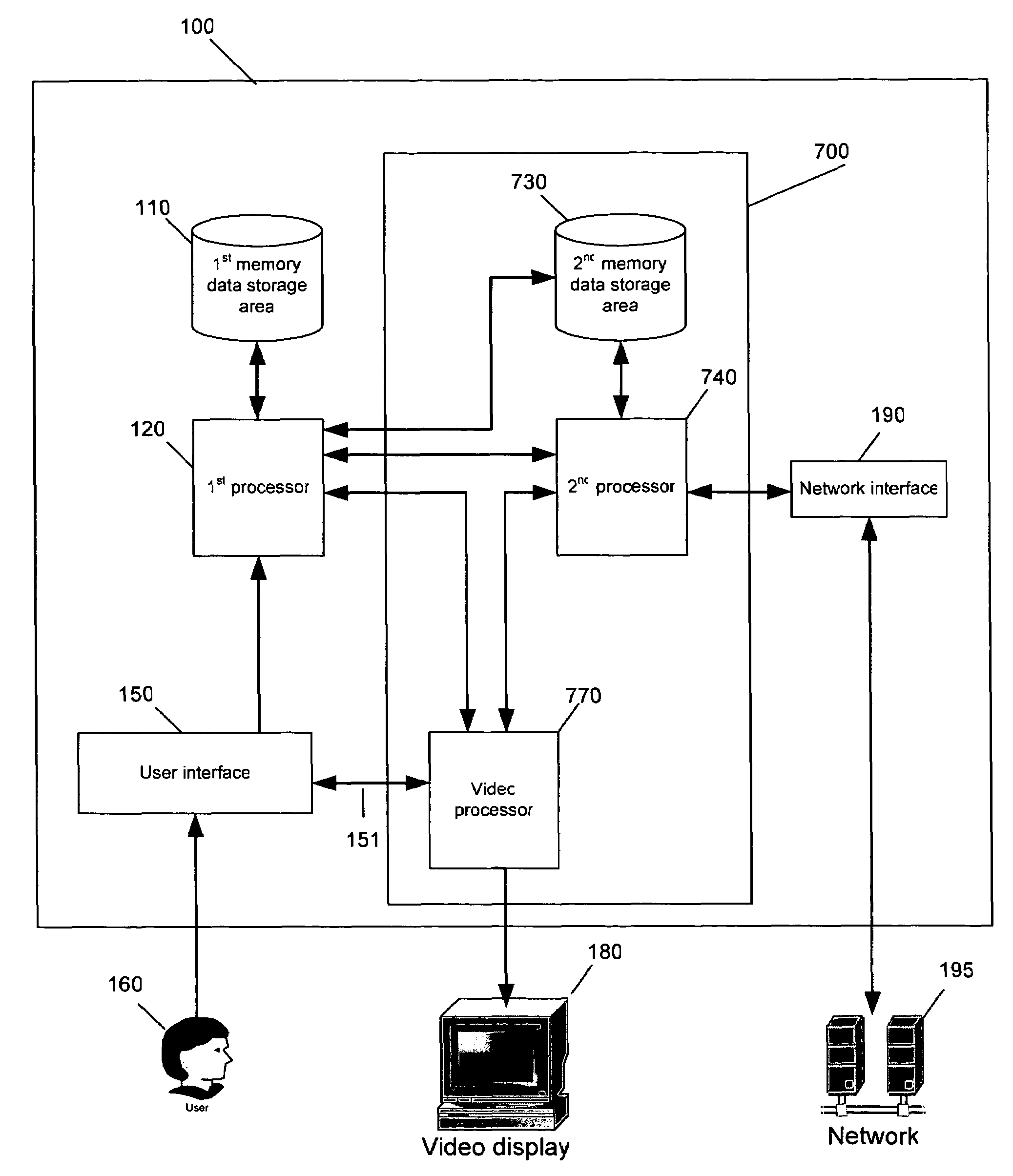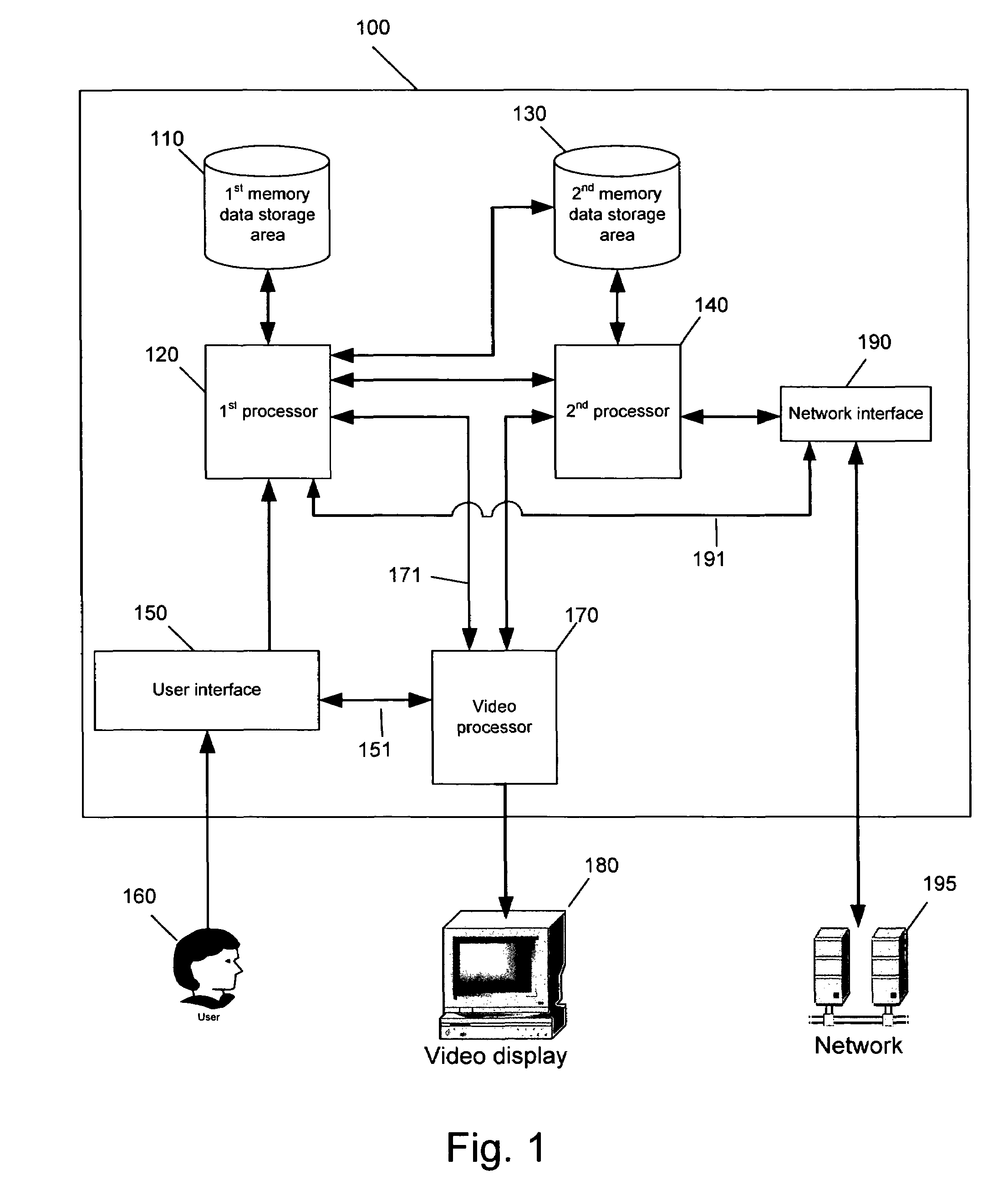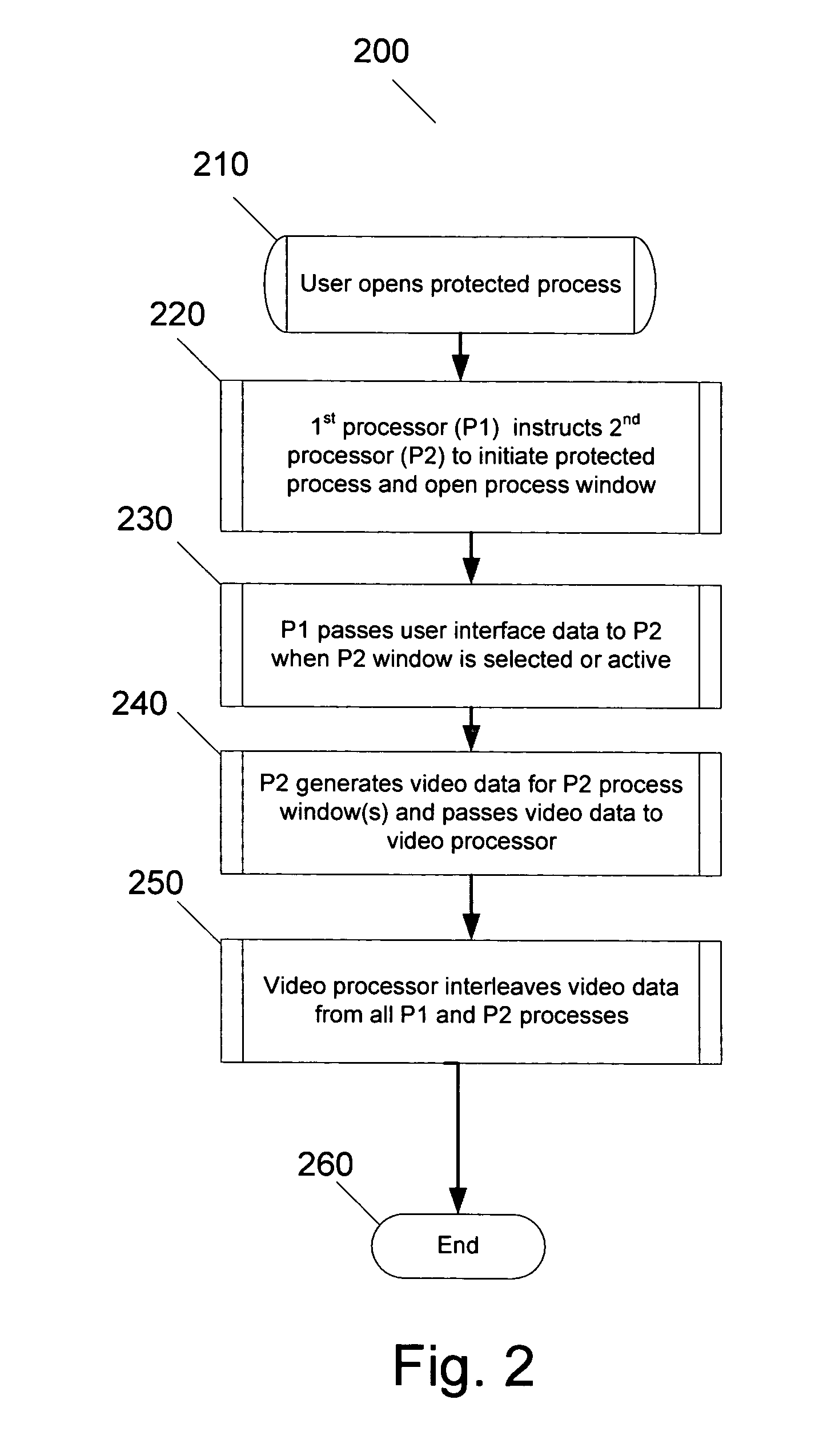System and method for protecting a computer system from malicious software
a computer system and software technology, applied in the field of computer hardware and software, can solve problems such as unauthorized disclosure, and lack of security against unwanted incursions into the main processing and non-volatile memory space of the computer, and achieve the effects of preventing unauthorised disclosure and significant degradation of computer system performan
- Summary
- Abstract
- Description
- Claims
- Application Information
AI Technical Summary
Benefits of technology
Problems solved by technology
Method used
Image
Examples
Embodiment Construction
[0047]The making and using of the presently preferred embodiments are discussed in detail below. It should be appreciated, however, that the present invention provides many applicable inventive concepts that can be embodied in a wide variety of specific contexts. The specific embodiments discussed are merely illustrative of specific ways to make and use the invention, and do not limit the scope of the invention.
[0048]A computer system, constructed in accordance with a preferred embodiment of the present invention, is illustrated in FIG. 1. Computer system 100 may represent, for example, a personal computer (PC) system, a server, a portable computer, such as a notebook computer, or any data processing system, a personal digital assistant (PDA), a communication device such as a cell phone, or device that is capable of being connected to a network of one or more computers. System 100 comprises a first processor 120 (P1) communicatively coupled to a first memory and data storage area 11...
PUM
 Login to View More
Login to View More Abstract
Description
Claims
Application Information
 Login to View More
Login to View More - R&D
- Intellectual Property
- Life Sciences
- Materials
- Tech Scout
- Unparalleled Data Quality
- Higher Quality Content
- 60% Fewer Hallucinations
Browse by: Latest US Patents, China's latest patents, Technical Efficacy Thesaurus, Application Domain, Technology Topic, Popular Technical Reports.
© 2025 PatSnap. All rights reserved.Legal|Privacy policy|Modern Slavery Act Transparency Statement|Sitemap|About US| Contact US: help@patsnap.com



